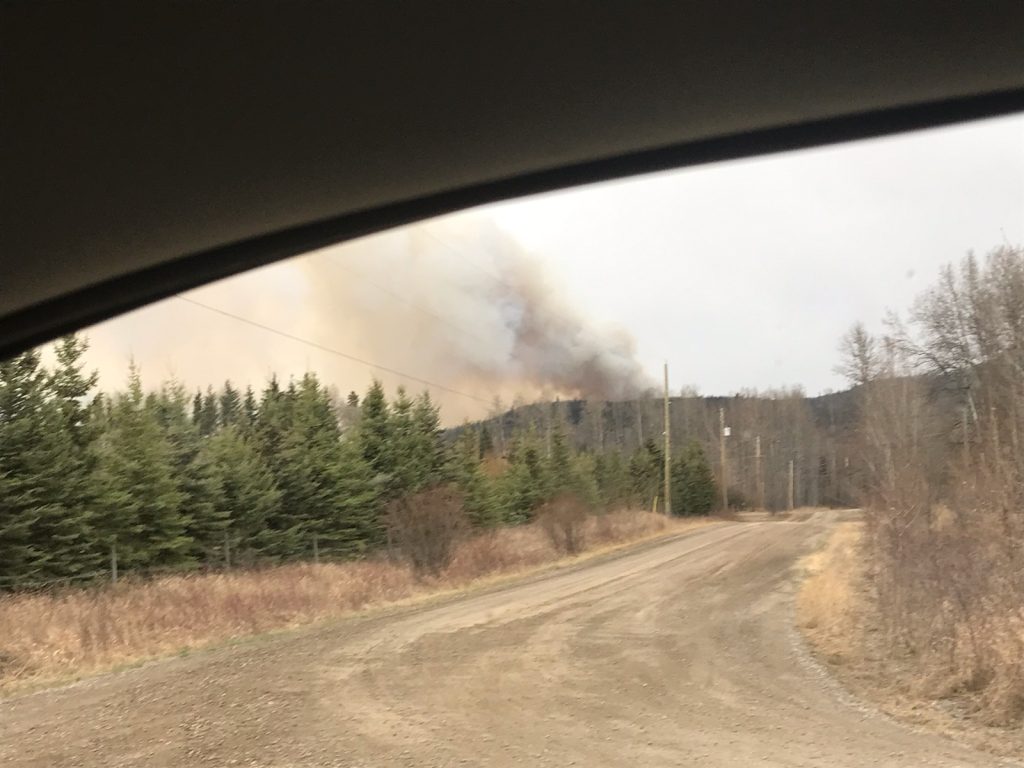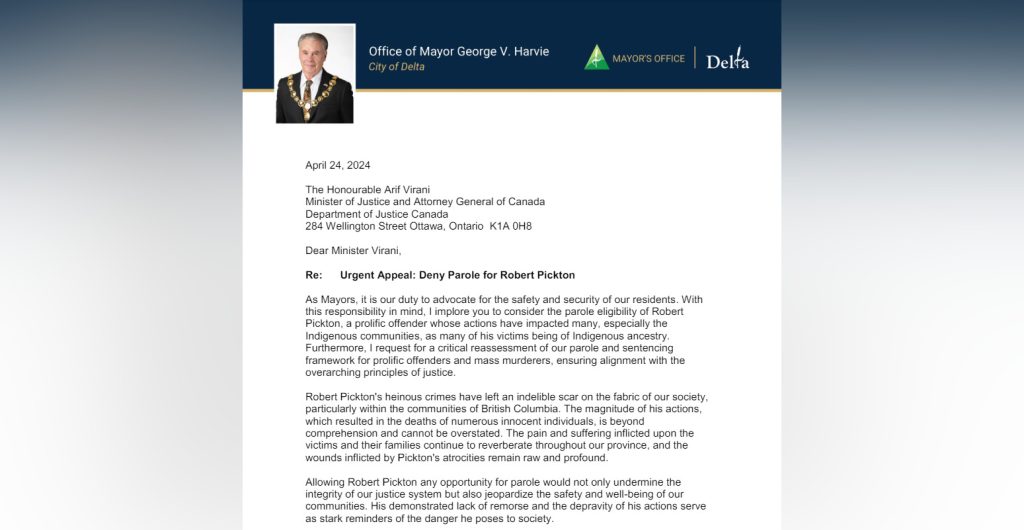B.C.’s top doctors defend COVID-19 data approach after leak
Posted May 7, 2021 6:01 pm.
Last Updated May 7, 2021 7:18 pm.
VICTORIA (NEWS 1130) — B.C.’s top doctors are grudgingly promising to provide more COVID-19 data to the public, while defending the approach they’ve taken so far.
After detailed data from the BC Centre for Disease Control was leaked, Dr. Bonnie Henry and Dr. Reka Gustafson held a news conference Friday.
A pair of internal reports, each over 45 pages long, obtained by the Vancouver Sun show data for the last week of April.
They reveal — among other things — details of COVID-19 case counts and vaccinations at the neighbourhood level, as well as breakdowns about variants of concern.
RELATED: Epidemiologist says B.C. lack of variant data can lead to problematic third wave
Reporters and researchers have been asking for this kind of information for months, data that is easily accessible in some other provinces.
Henry, as she has throughout the pandemic, cited the need to protect privacy as one reason for withholding data, concern about stigamtizing high transmission areas as another.
“We know there have been cases where people have been discriminated against because of people assuming things about them, based on data,” she said.
“The information that we’ve provided — people always want more. Unless you are the one that that’s potentially at risk. So we do have to find that balance that’s part of our jobs in public health, to maintain that trust with people who are sick with COVID so that they will provide us the information we need to try and identify who’s at risk and manage cases.”
RELATED: Leaders condemn racism targeting First Nations dealing with COVID-19 cases
Gustafson acknowledged that with higher case counts, there is less concern that individual people who have contracted the virus will be identified.
“I completely acknowledge that there are people who would like it more granular and more timely, and we absolutely do make judgment calls about that,” she said.
“As the pandemic was evolving we actually did have tangible, specific concerns about receiving very granular data, especially in communities that had very few cases. In those communities, there were specific concerns raised by the leaders of those communities that individuals and families would be identified and stigmatized in that community. So, that was the specific concern. We’re not there now.”
RELATED: Surrey ramping up COVID-19 vaccine registration, immunization
When questioned about the data that show higher rates of infections and lower rates of immunization in communities with larger populations of racialized and lower-income people, Henry said that although the data has not been released, it has shaped the public health response.
“You have heard me say many many times why we know that there are rates that are much higher in Surrey, and in different communities within Surrey. They’re essential workers, they’re people who are working in our healthcare system, who are working in our meat processing plants, who are living in multi-generational families. This is not new, this is what we’ve been talking about through the entire pandemic,” she said.
“Part of the response that we have been doing through this whole pandemic is trying to find ways to support workers. That’s one of the reasons we prioritized food processing workers for immunization because we recognize that these were high-risk environments where people had no choice but were being exposed to this virus. That’s why healthcare workers were prioritized, why we prioritized long-term care homes where we knew that was a differential impact. So, these are all really important societal questions that have been revealed by this pandemic.”
RELATED: Amid leaked data, B.C. expert notes pros, cons of making COVID-19 info public
Gustafson added to this, saying even though data is not released by the province, it shapes the response of local health authorities.
“Positivity rates immunization rates are also monitored closely by local public health, and they deploy resources based on where they’re seeing clusters, where they’re seeing surges,” she said.
“Whether it’s on a provincial map or not, that does not mean that that community is not receiving the public health management and the care that is needed.”
Ultimately, the doctors did say they would share more detailed information about case counts in neighbourhoods in the coming weeks. A specific date was not provided.
“We really are happy to release it. On the other hand, ensuring the validity of what we’re putting out there does require a degree of validation by people who understand the data. Data are alive, they’re moving and living things. Our purpose is not to limit information, it is to provide the highest quality we can,” Gustafson said.










